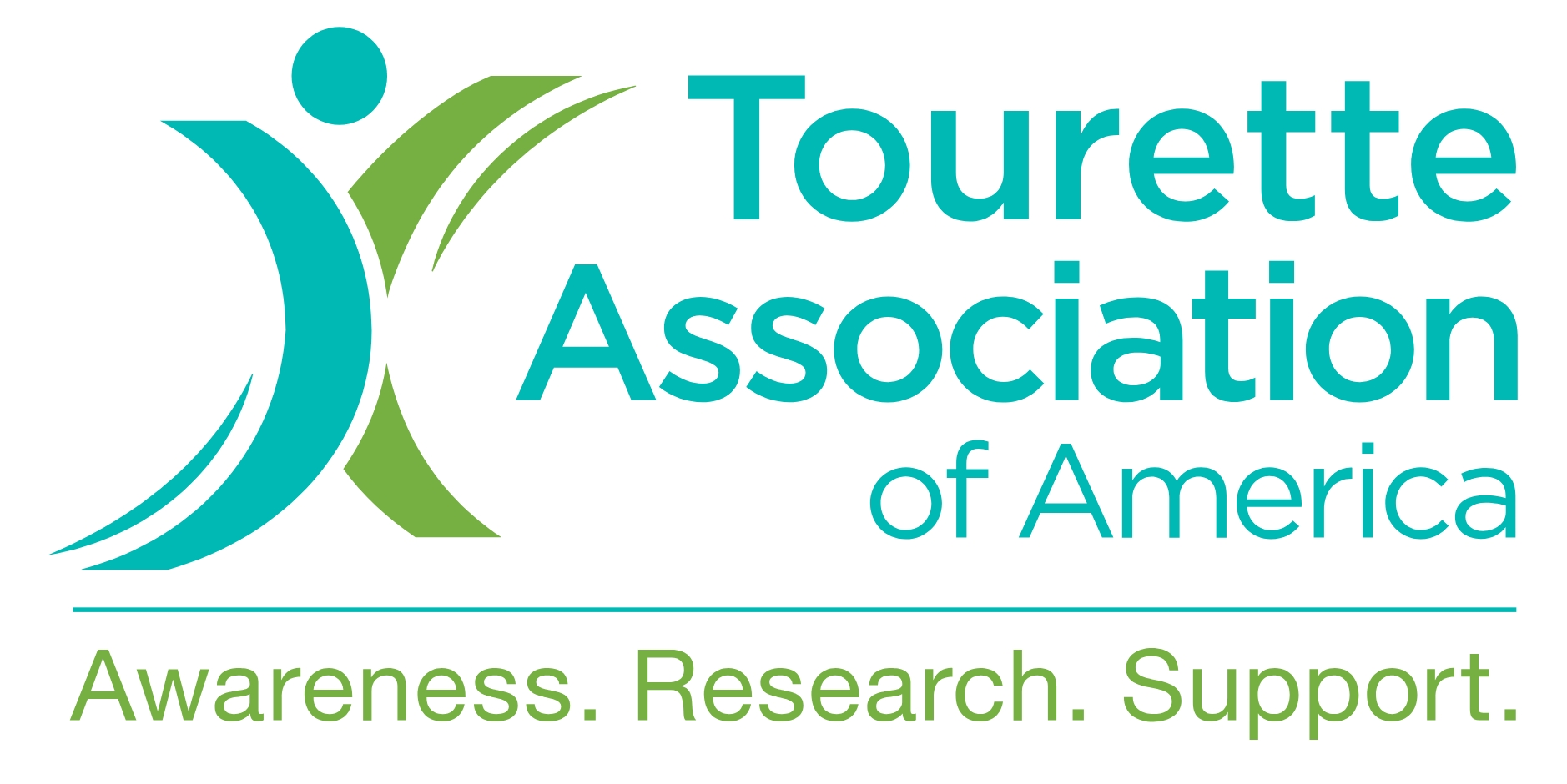At a glance
- Comprehensive behavioral intervention for tics (CBIT) is a type of behavioral therapy that can help people with tics and tic disorders manage their tics better.
- CBIT can be effective for many people with tic disorders, including Tourette syndrome (TS).

Background
For many years, medication was the only real treatment option for children and adults with TS. Medication can help control tics, but it doesn't always work. Medication can also cause side effects that make people feel bad and can lead to other health problems. Researchers working with the Tourette Association of America (TAA) began developing and testing a promising treatment option that does not use medication, called comprehensive behavioral intervention for tics, or CBIT (pronounced 'see-bit').12
The first large study of CBIT in children was published in 2010.1 Since then, work to learn more about this treatment, and to make it more widely available, has continued.
About CBIT

CBIT is a type of behavioral therapy that is very systematic and carefully planned according to a person's specific needs and symptoms, and typically takes place in a therapist's office. During CBIT, the therapist helps individuals with tics learn to
- Become more aware of their tics and the urge to tic.
- Carefully choose and practice a new behavior instead of the tic. This "new behavior" (competing response) helps reduce and, in some cases, even eliminate the tic.
- Identify situations that can make tics worse and find ways to change them.
- Learn ways to prevent or cope with stress.
An effective treatment option
When CBIT was first developed, health professionals were concerned that it could cause more misunderstandings about tics. Just because tics can be managed by changing behavior doesn't mean that tics are done by choice.
Experts now suggest using CBIT as the first approach to treatment because its effectiveness is similar to medications but with fewer side effects.3
During the past decade, there has been increasing evidence that CBIT can be effective for many people with Tourette.
Linda Rowland, mother of Lucas, 15, who has Tourette syndrome, shared her experience:
Keep in mind
Education and outreach
Tourette health education and CBIT training:
- TAA CBIT training is part of the Tourette Health and Education program—a program conducted by TAA and supported by CDC to provide information, training, and support for those who have TS, their families, healthcare providers, educators, and the general public. Since the start of the partnership in 2004, TAA has conducted more than 1,175 education programs throughout the nation.
- Because CBIT is still a relatively new and specific treatment for tics, healthcare providers need training so that they can offer this treatment. People with Tourette syndrome and their families need to be informed that it is available and how to find a practitioner who could help them.
- CDC partners with TAA to provide CBIT training for health professionals and educational programs about CBIT for people who have TS and their families. In the past decade, the partnership has supported 120 CBIT programs with about 3,700 attendees. TAA has also supported 33 training institutes for CBIT, with close to 300 practitioners becoming licensed to provide CBIT to their patients.
- With limited options for direct access to training and treatment in the current environment, there is more need than ever to find ways to use telehealth approaches. TAA has worked with experts to identify ways to provide teletraining to professionals who want to learn about CBIT. They also assist professionals who have been trained on CBIT so that they can learn to provide the therapy to their clients via telehealth. In the long term, telehealth can help families who live in rural areas, who have difficulty finding time to visit with a provider, or who have trouble finding a trained provider by giving them options for accessing treatment.
- Piacentini, J., Woods, D. W., Scahill, L., Wilhelm, S., Peterson, A. L., Chang, S., Ginsburg, G.S., Deckersbach, T., Dziura, J., Levi-Pearl, S., Walkup, J. T. (2010). Behavior therapy for children with Tourette disorder: a randomized controlled trial. JAMA, 303(19), 1929-1937.
- Wilhelm, S., Peterson, A. L., Piacentini, J., Woods, D. W., Deckersbach, T., Sukhodolsky, D. G., Chang, S., Liu, H., Dziura, J., Walkup, J. T., Scahill, L. (2012). Randomized trial of behavior therapy for adults with Tourette syndrome. Arch Gen Psychiatry, 69(8), 795-803.
- Pringsheim, T., Holler-Managan, Y., Okun, M. S., Jankovic, J., Piacentini, J., Cavanna, A. E., et al. (2019). Comprehensive systematic review summary: Treatment of tics in people with Tourette syndrome and chronic tic disorders. Neurology, 92(19), 907–915. doi:10.1212/WNL.0000000000007467.https://n.neurology.org/content/92/19/896



